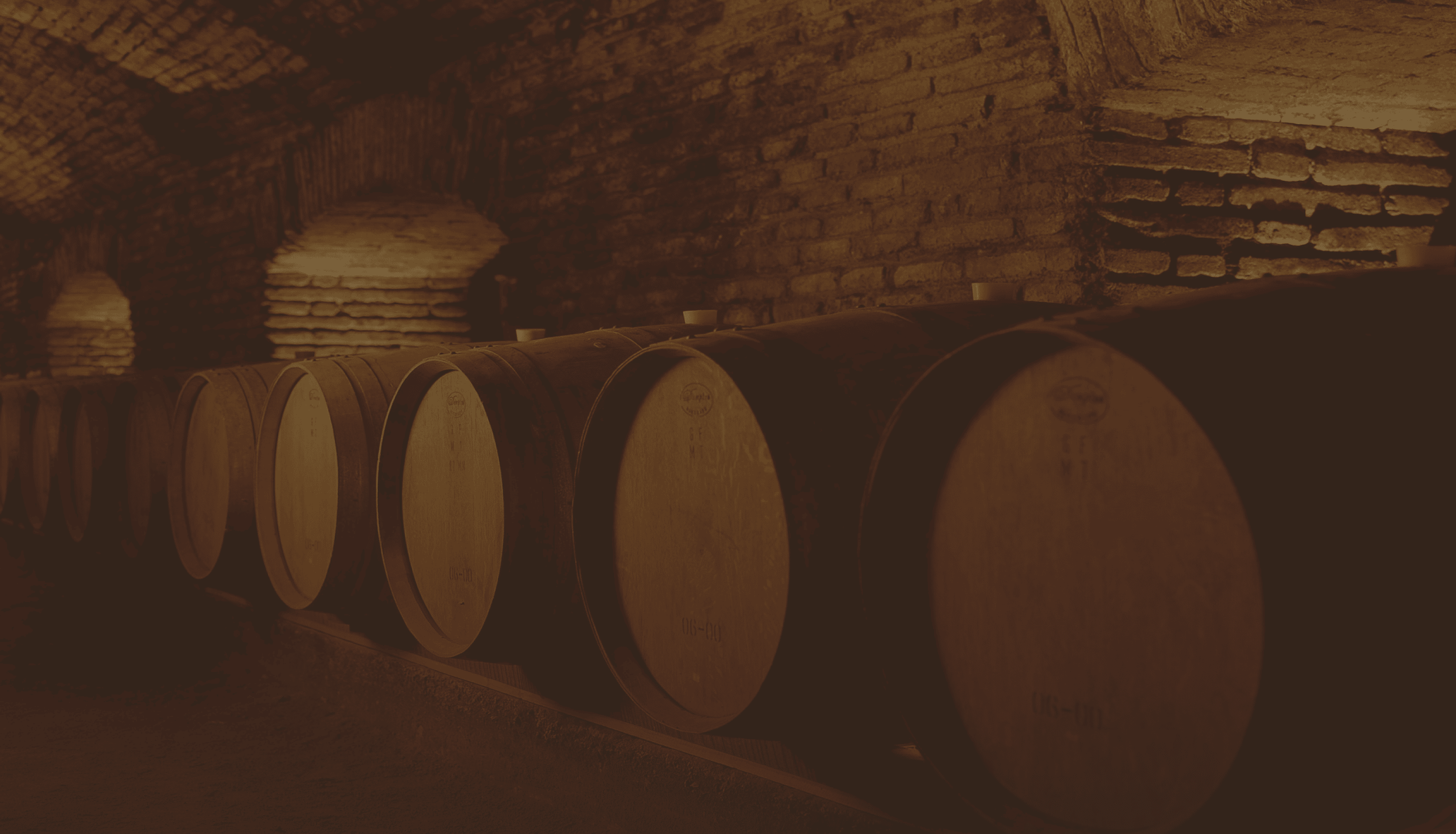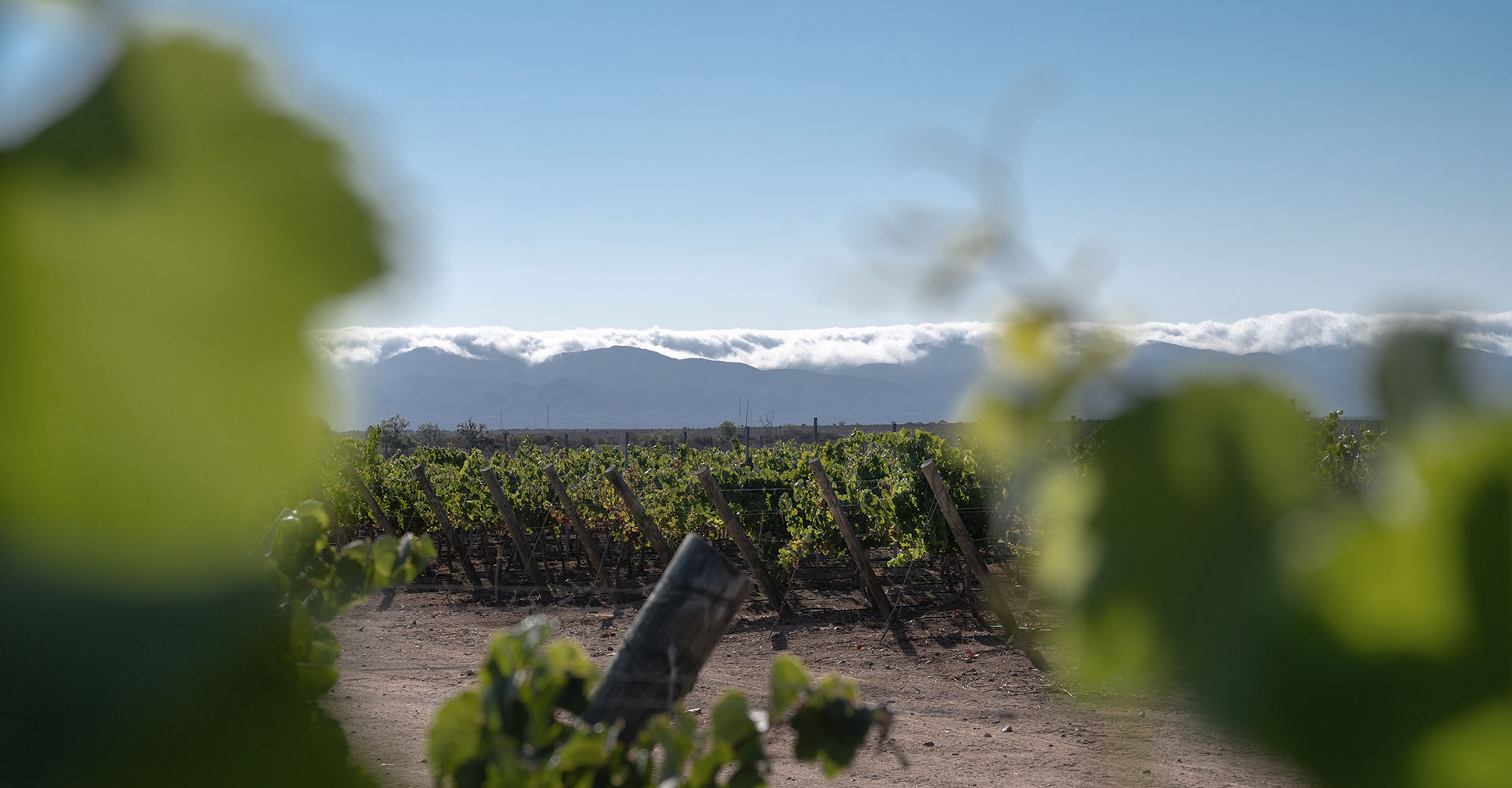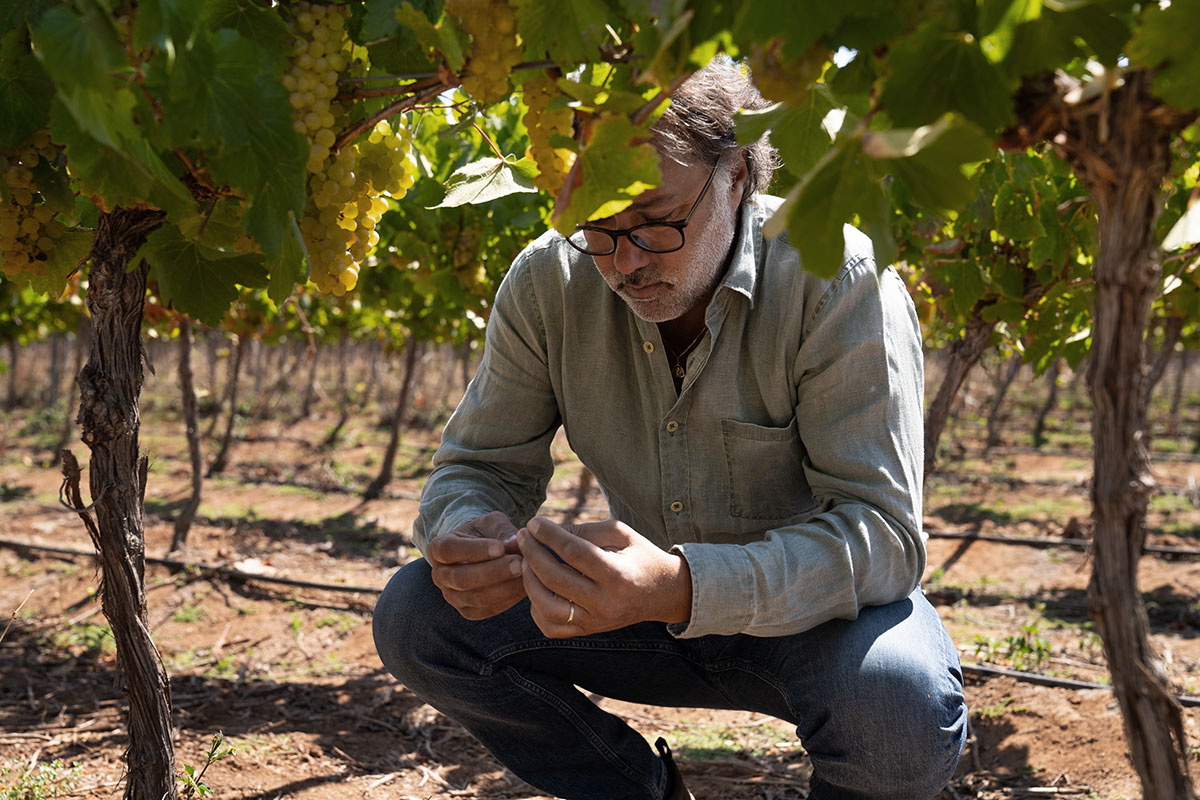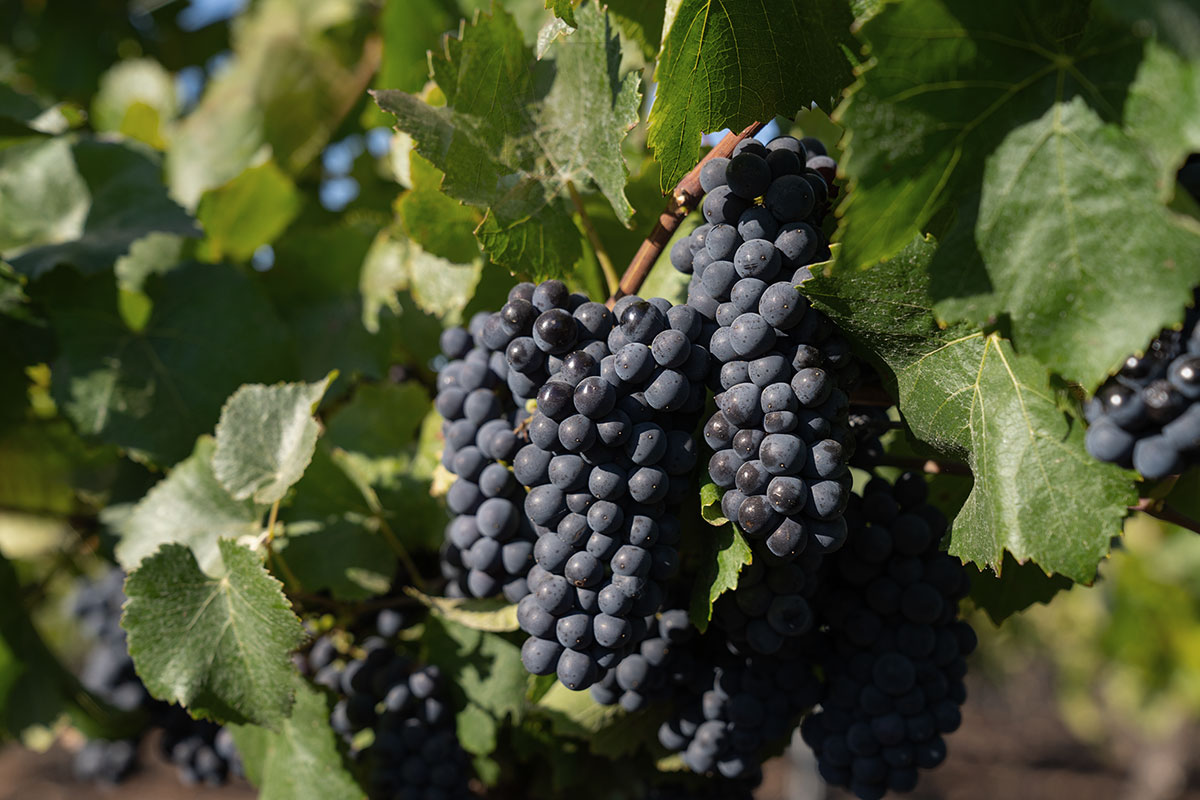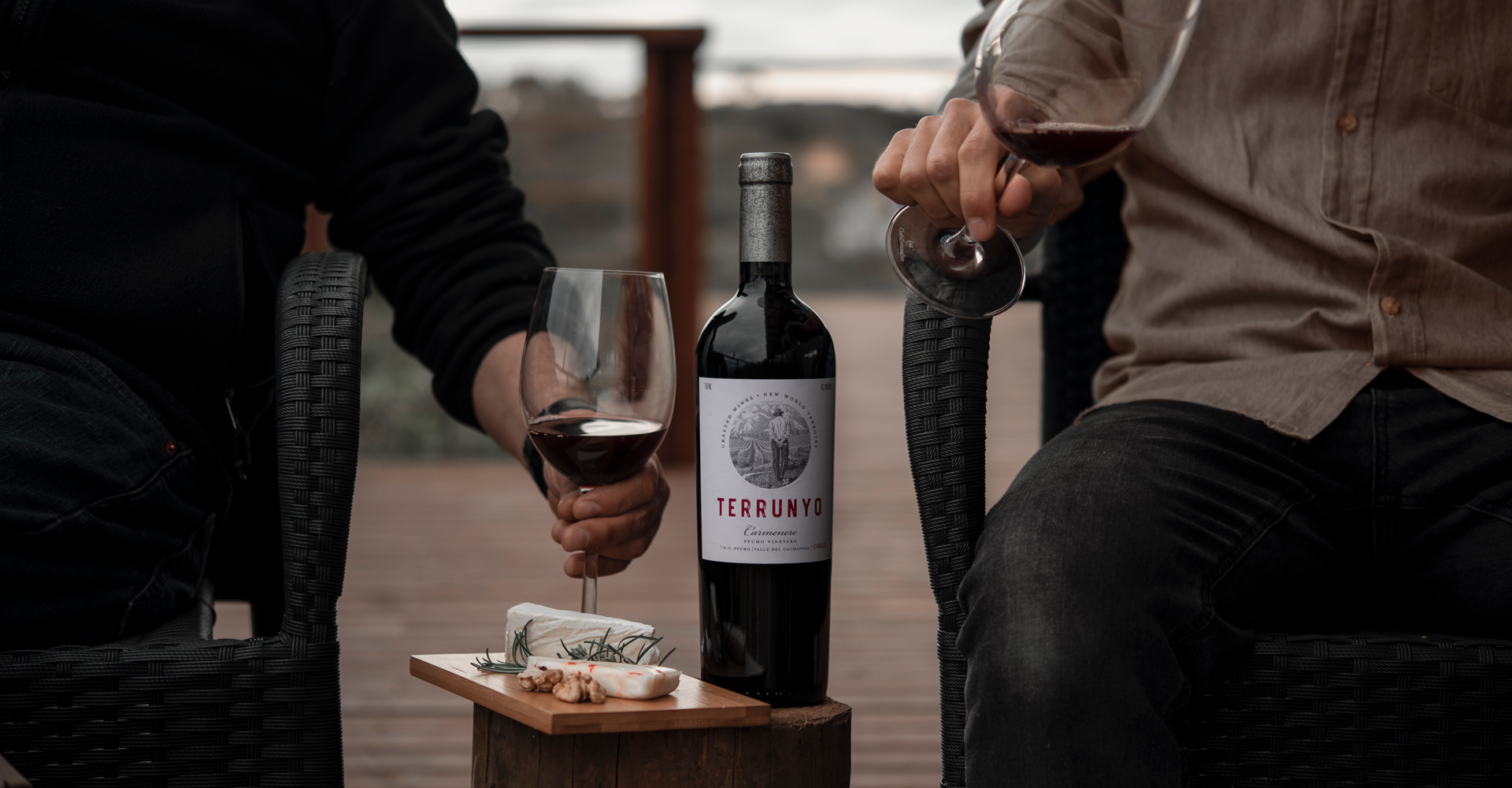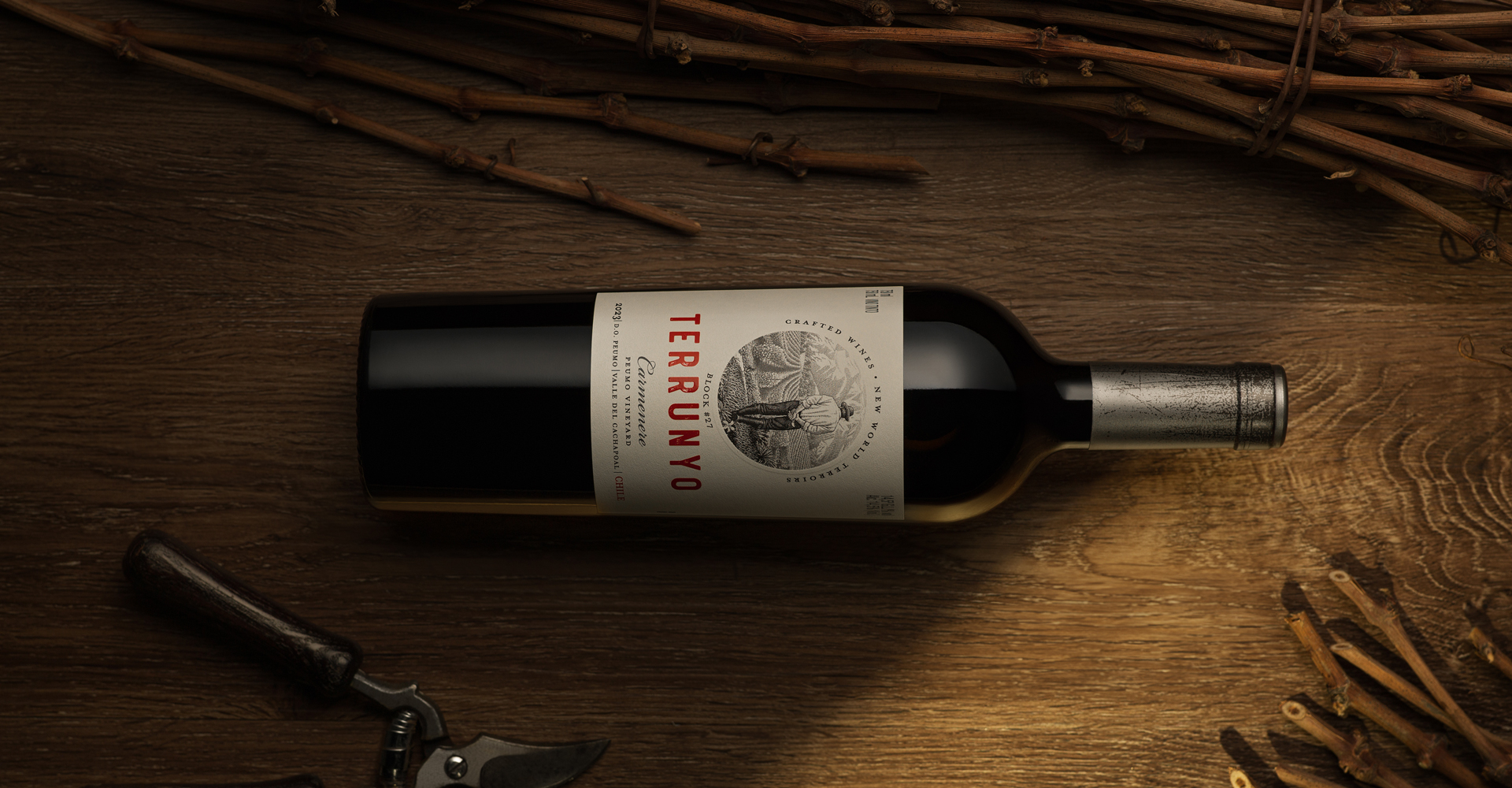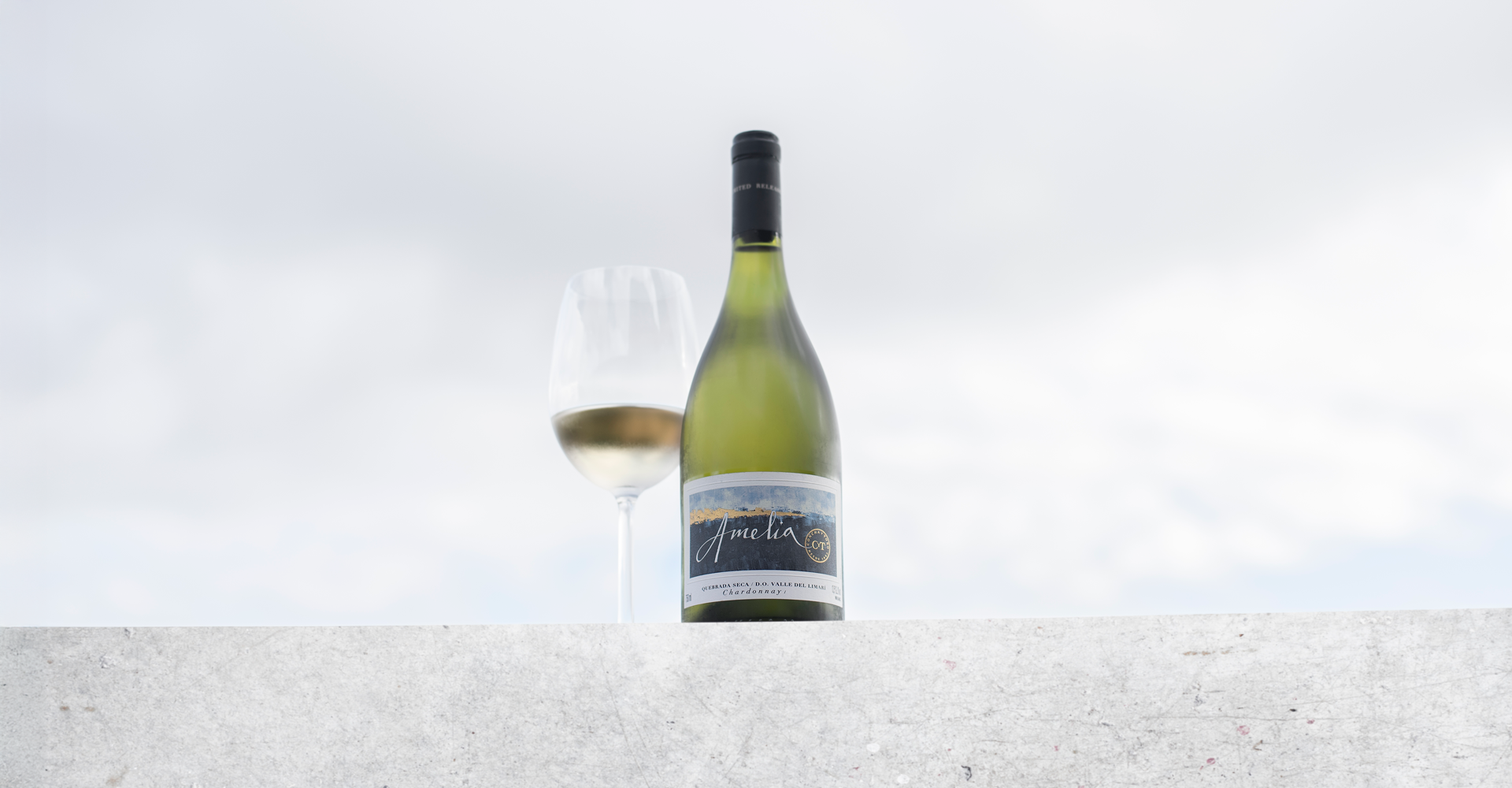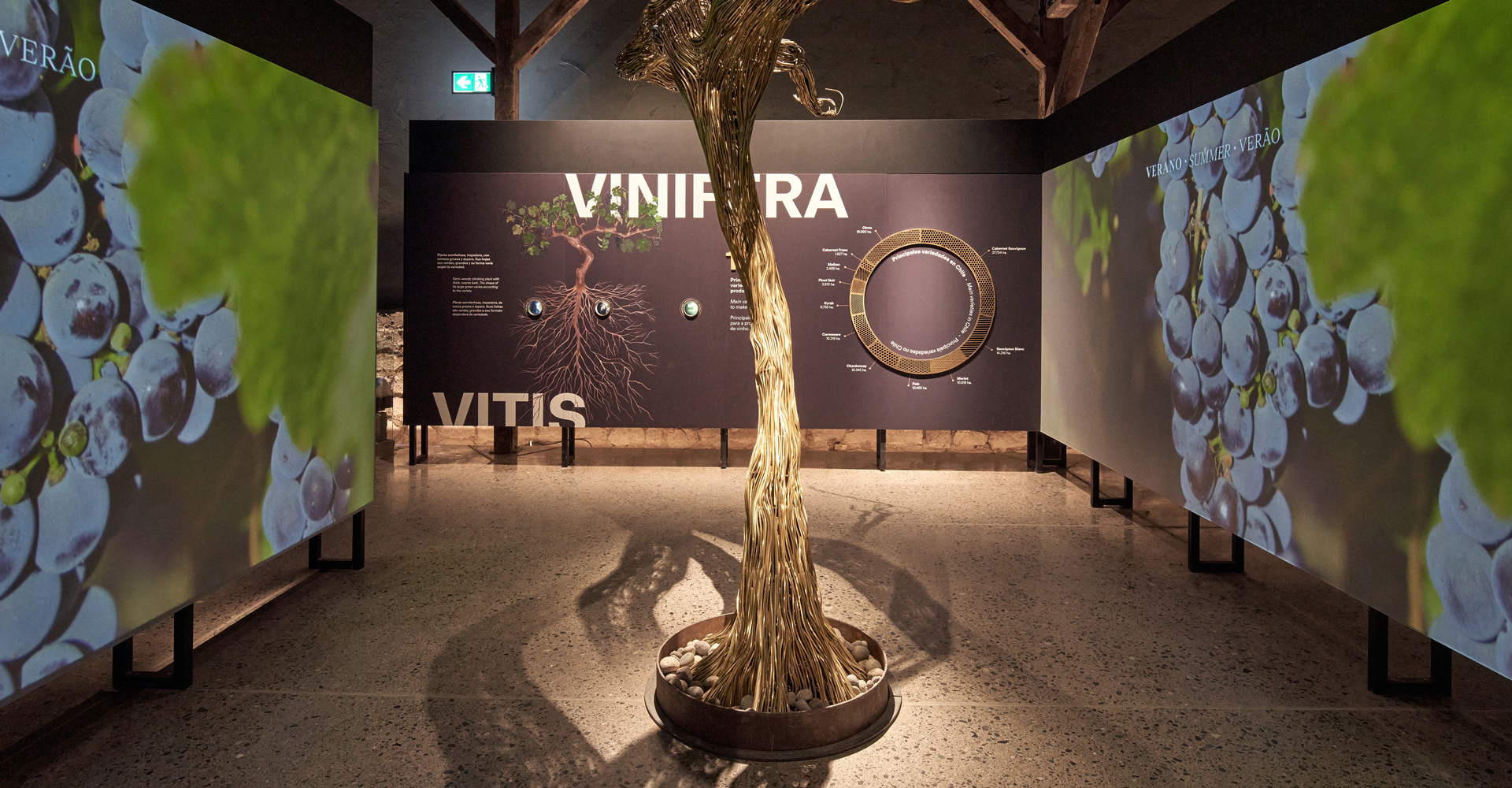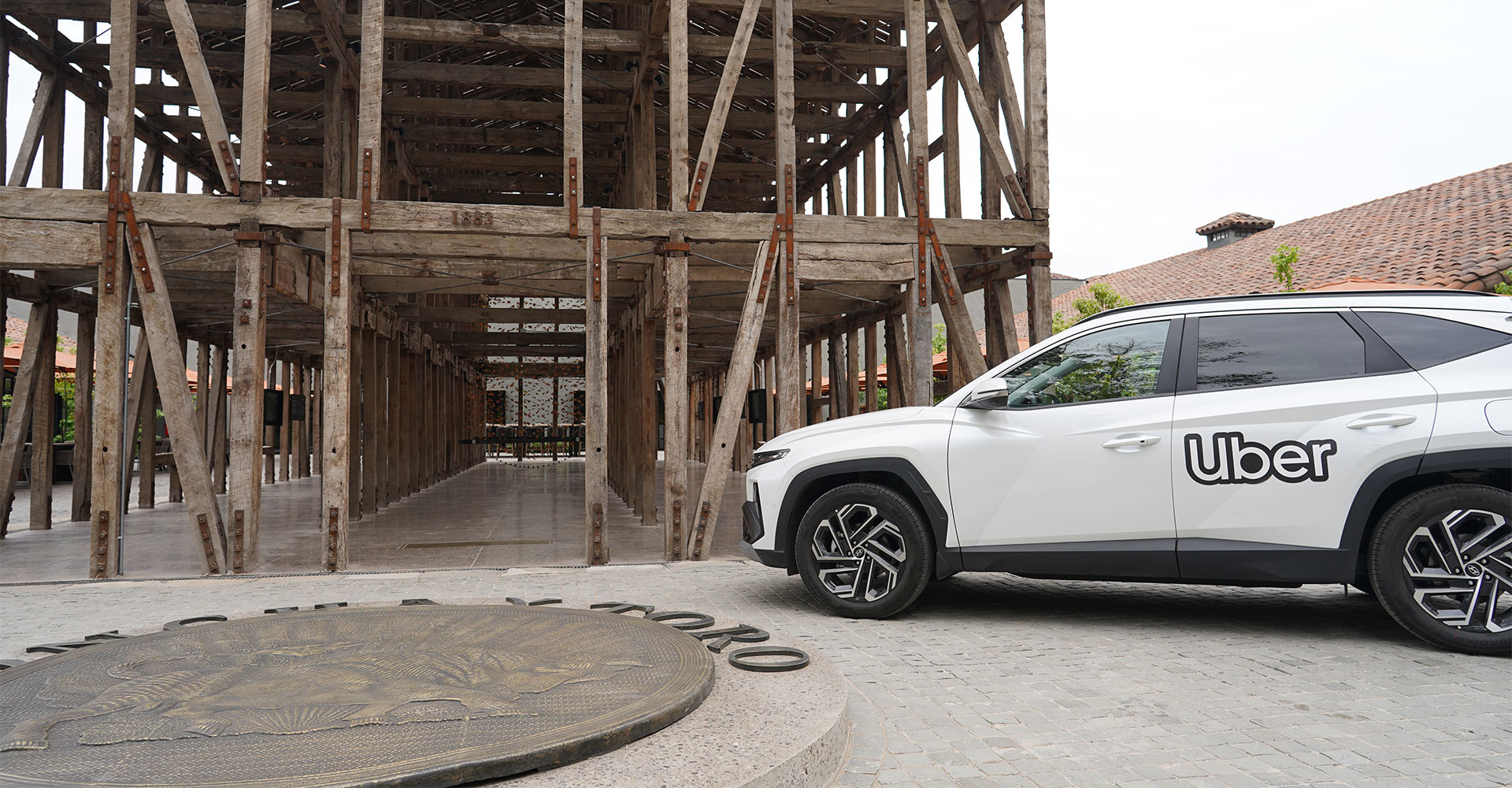26 de March de 2025
Harvest 2025 Report, Limarí Valley
The 2024-2025 season in the Quebrada Seca vineyard, in the Limarí Valley, developed within the historical ranges of temperatures and rainfall, achieving optimum availability of water resources. These conditions allowed the team to carry out the harvest in the usual period, beginning on February 10 of this year.
The Quebrada Seca vineyard, located approximately 350 km north of Santiago, is the origin of Concha y Toro’s Ultra Premium line of wines, Amelia, which includes Chardonnay and Pinot Noir varieties, which under the direction of Marcelo Papa, winemaker and Technical Director of Concha y Toro, have stood out year after year for their incomparable minerality and freshness, reflecting their Limarí appellation.
“We are very happy with the 2025 harvest at our Quebrada Seca Vineyard, both in terms of grape quality and the volume produced. This year’s climate was ideal: a cold winter with above-average rainfall, followed by a spring with cool breezes and no rain, and a warm summer, but without reaching extreme temperatures. This allowed us to wait calmly for the optimal ripeness of the grapes. Additionally, the coordination between the vineyard team and the winery was exceptional, almost perfect. We began the harvest on Monday, February 10, three weeks later than last year, but within the parameters of a normal year,” stated Cristián Carrión, Deputy Manager of the Limarí Valley for Concha y Toro.
Chile in general, and the Limarí Valley in particular, are strongly influenced by the presence or absence of the El Niño and La Niña phenomena. After being influenced by La Niña from 2018 to 2023, and by El Niño in early 2023, the 2025 season occurred under a more neutral phase of both phenomena. This resulted in a slight decrease in the surface water temperature compared to the previous season.
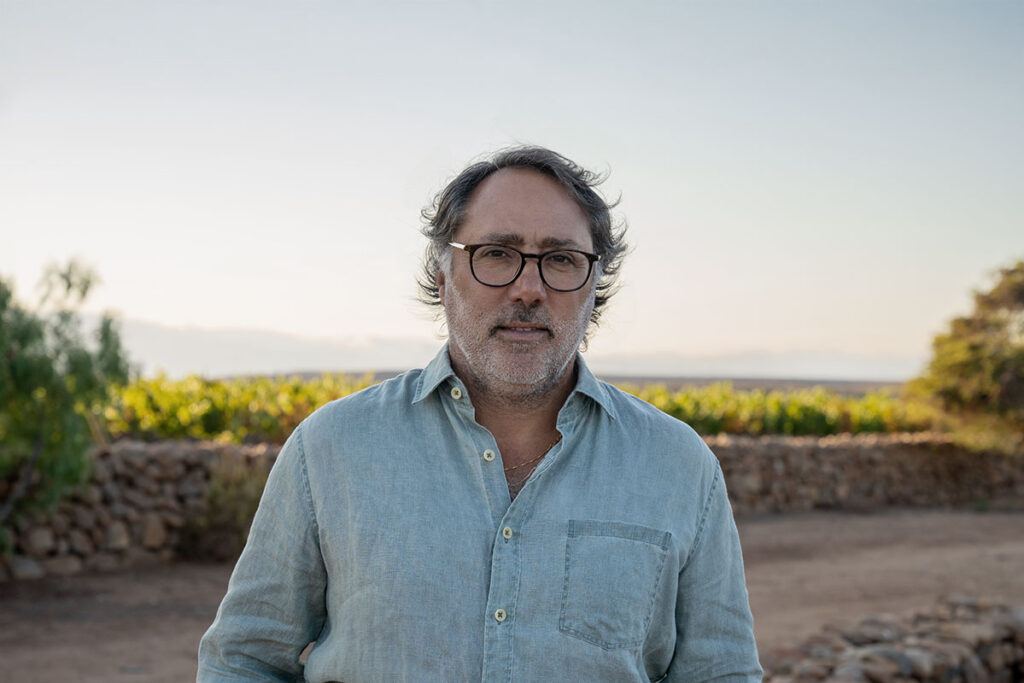
Specifically regarding the Limarí Valley, Marcelo explains: “We’ve had a rainier winter, where we didn’t face any restrictions regarding irrigation during the season, so it’s been a fairly normal season. And secondly, we’ve been in a more neutral phase of El Niño and La Niña, so the temperature of the Pacific Ocean water has dropped slightly, and we’ve had a season that, in general terms, has been cooler, with less thermal accumulation, and therefore, we harvested the fruit approximately ten days later than last season.”
Thanks to the adequate water availability during the season, a crucial factor in this extreme region of the country, the vineyard has experienced favorable development, which directly impacts the quality of the harvest, resulting in an excellent balance in the fruit.
“This year’s flowering was within normal parameters, which allowed harvest dates to align with the traditional ones. Additionally, this year, once again, we had the 100-day gap between flowering and harvest, as has been characteristic of our Quebrada Seca Vineyard,” adds Marcelo Papa.
Winery Process Continuation
Once the grapes are harvested at Quebrada Seca Vineyard, they are transported overnight to the winery, ensuring their freshness.
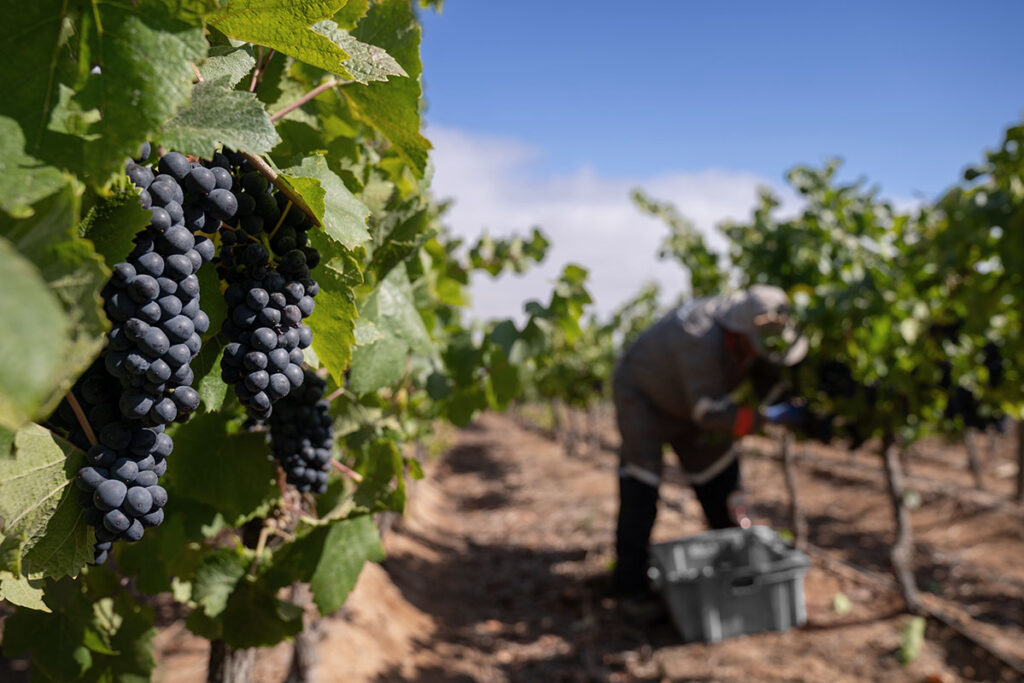
For the Chardonnay, the juice obtained is left to settle for 12 hours for decanting, and then fermented in French oak barrels. After fermentation, it is aged on its lees in the same barrels for 12 months, with 8 to 10 battonages. When ready, it is filtered and bottled.
As for the Pinot Noir, a cold maceration is carried out for a few days and then the grapes are crushed for a delicate extraction. The first extraction wine is taken to barrels for malolactic fermentation, softening the wine. It is then aged in barrels for 12 to 14 months before bottling.
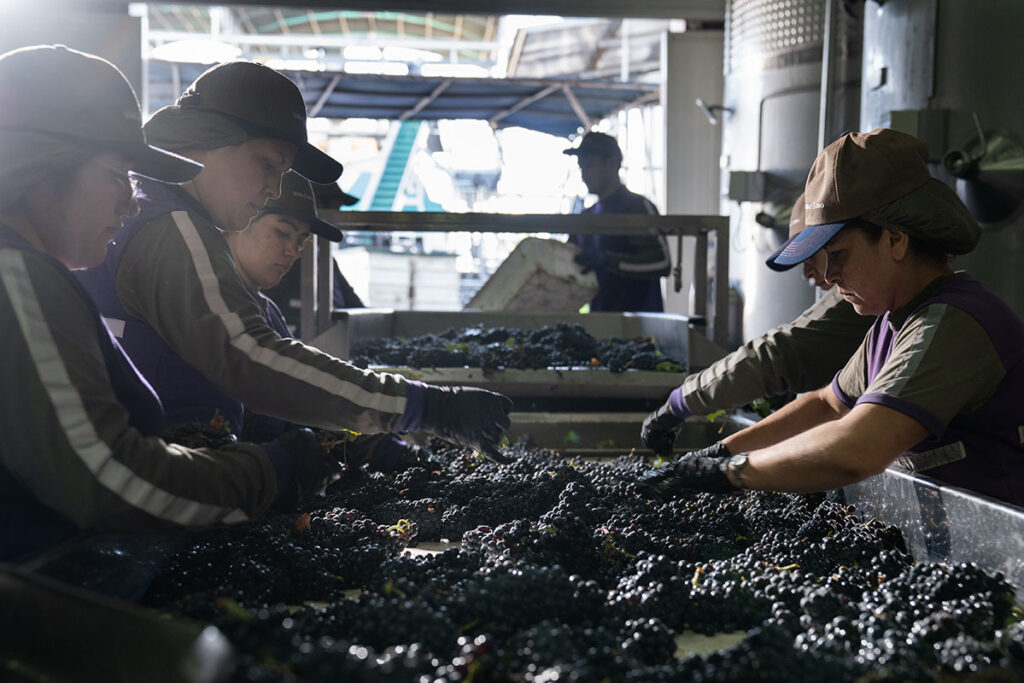
Regarding how the 2025 Limarí whites and reds will turn out, Marcelo explains: “I envision the Chardonnays from this season having a more austere, lighter character, with the classic salinity of the region and a marked minerality that will be the hallmark of this vintage. As for the 2025 Pinot Noirs, I see them with precise fruit character, lighter, and with an extraordinary balance of acidity.”
